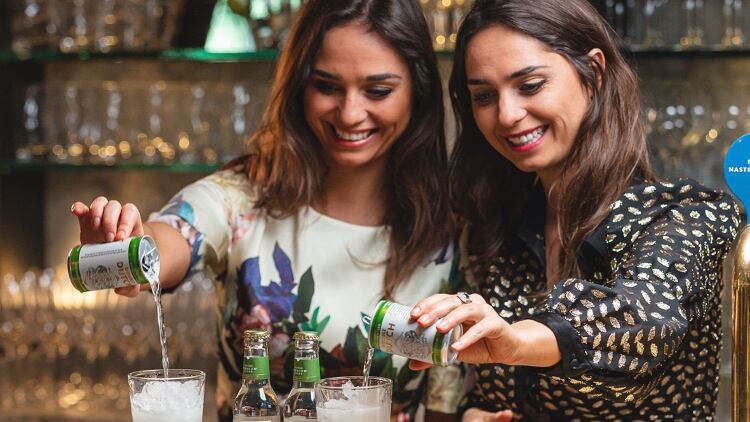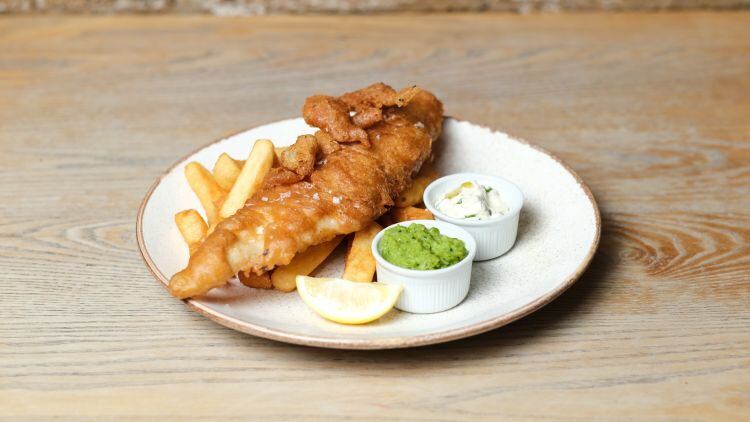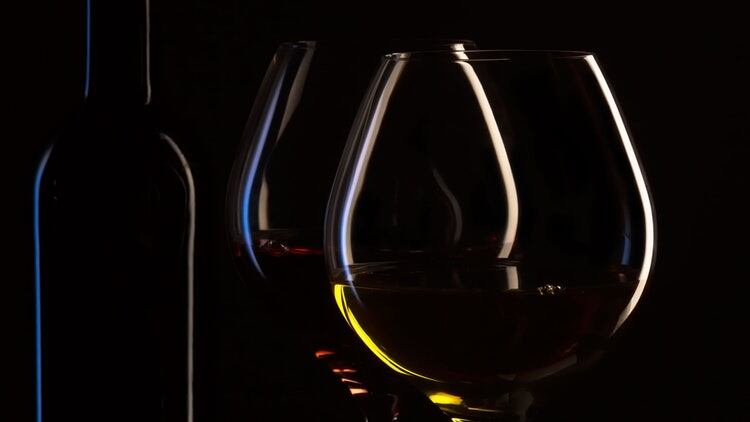According to Britvic’s GB foodservice and licensed director, Adam Russell, soft drink sales in the foodservice and licensed channel were set to grow by 2.6% in value throughout 2020 and 2021 despite a 2.7% drop in volume.
However, the small matter of a global pandemic appears to have burst the category’s bubble – albeit temporarily.
“More than 60% of foodservice outlets and more than 98% of licensed outlets remained closed in April and May, potentially losing up to a combined £1bn in sales and more than 240m litres,” Russell explains.
“We cannot fully predict sales for the remainder of 2020 as results will depend on how fast operators are able to re-open their venues - 62% of operators are planning a phased re-opening based on location and size of outlet according to CGA - and also how fast consumers re-engage with drinking and eating out activity.”
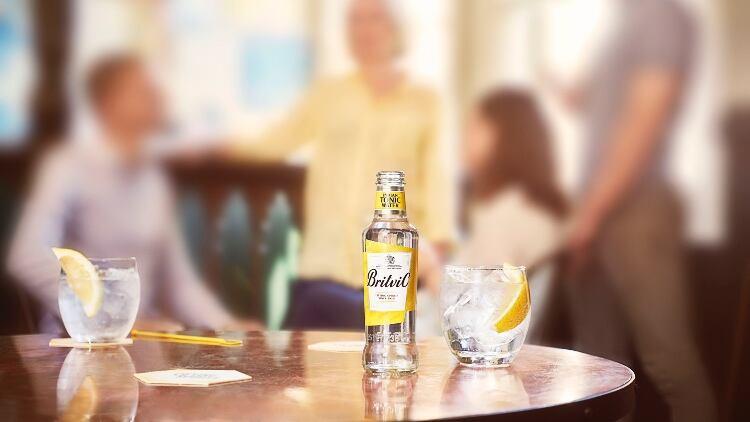
Pre-pandemic soft drink trends far from flat
Chance to reflect and reset

“The scale of the global pandemic is truly extraordinary and has impacted us all,” Adam Russell, GB Foodservice & Licensed Director, Britvic explains. “In these challenging times it is more important than ever that we work together to support us all in creating workable solutions.
“The hospitality industry is one of resilience and, while we continue to experience volatility and uncertainty, we remain confident in the strength of this channel to respond to the changing landscape.
“We have seen some truly innovative actions, from turning pubs into community shops and home cocktail delivery services through to voucher schemes and re-purposing venues to support front-line staff. These actions embody the spirt of the hospitality industry.
“This period of change has provided businesses with a chance to reflect and an opportunity to use this as a reset moment. Whether that is to change, develop or improve on areas not working as well as they would like in readiness for re-opening and beyond.
“We look forward now to supporting our customers and colleagues through the re-opening phases and providing support and advice wherever we can.”
Yet, according to Russell, while consumer focus has shifted away from trends which fuelled Britvic’s glass half full pre-pandemic soft drinks forecast for now, we’re witnessing short-term dilution rather that the category going flat. “We do expect in the long term these trends to be fully realised, albeit some in a different way,” he says.
One such trend which Russell expects to hold water in post-lockdown pubs is health and wellness, with 65% of people agreeing that they are proactively trying to lead a healthy lifestyle according to figures from CGA, which in turn yielded a 3.2% pre-pandemic increase in value for low-calorie soft drinks.
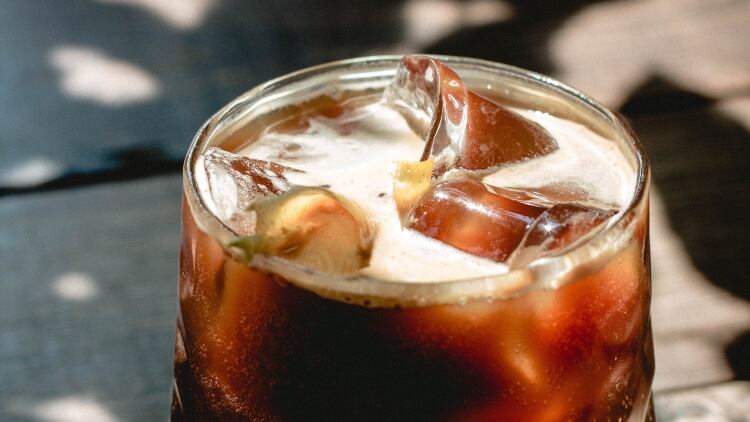
As such, he argues that premium products will continue to play a part in pubs’ soft drink mix. “People of all ages are willing to spend more when a set of criteria have been met, including quality, health credentials, added benefits, sustainability and convenience,” he explains. “Growth in premium soft drinks has to date been largely driven by quality mixers, hand in hand with crafted and premium spirits.”
What’s more, Russell believes that sustainability will remain a focus for soft drinks makers post-lockdown, with Brivtic having already made 100% of its bottles and cans recyclable. “Soft drinks brands are focusing their attention on concepts such as zero-waste cocktails, recyclable or biodegradable packaging and vegan-friendly drinks,” he says.
On top of this, the founder of mindful drinking movement Club Soda, Laura Willoughby, adds that with 8.6m people across the UK moderating their alcohol intake rather than drawing a line under it altogether, having a great low and no alcohol offer is arguably more important than ever.
“According to Marston’s Beer Report, two-thirds of consumers have visited a licensed venue on a night out and not drunk alcohol,” she says.
“The most interesting aspect of these changes is that the majority of people buying non-alcoholic drinks when they are out are moderators rather than teetotallers - they still choose to drink alcohol.”
One for the road?
With 19bn soft drink occasions taking place every year - representing one-in-three beverage occasions according to Kantar Worldpanel - Russell adds the category is far from a storm in a teacup, with soft drinks continuing to gain share across all day parts - from breakfast through to dinner - and becoming first choice with food.
“Half of eating out occasions involve a soft drink and, with guests moderating alcohol, soft drinks are the number one alternative,” he explains.
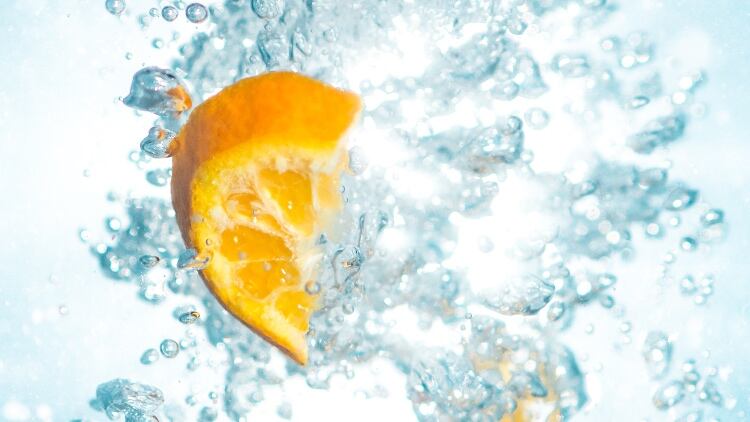
This stance is shared by Willoughby, who says that a shift in soft drink habits is likely to continue post-lockdown. “People will want to stay local and are more likely to walk or drive to a night out,” she explains. “Venues should review their offerings to make sure they have something for everyone and for every part of the day.
“You can attract a great lunch time crowd with an inspired low and no menu. You can even change your menu from day to evening to emphasise the choice.
“There will be more designated drivers, and we know that they care a lot about the quality of the drink they are offered. It is likely people will be a bit more health conscious. Losing weight and going sugar free will be key drivers, with consumers seeking healthier alternatives.
“Train your staff to answer questions about sugar and calories and help customers make informed choices. Finally, everyone will be conscious that you can’t socially distance when you are drunk. They may leave earlier or take their drinking at a more moderate pace.”
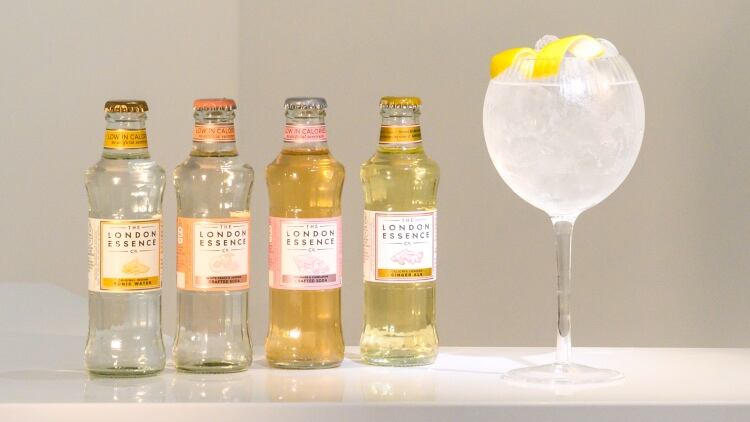
What soft drinks will consumers will look for in reopened pubs?
According to data from KAM Media, 83% of pub operators expect customer numbers to be down for at least six months after re-opening while 38% expect it take at least a year for their footfall to return to pre lockdown levels.
“It comes as no surprise that we are expecting to see consumers behaving cautiously in the coming months with concerns for health and wellbeing paramount,” Russell explains.
“For many, seeking a new sense of normal will be top of mind when trade re-opens; there is a sense of cabin fever and need for a change of scenery. Many want to socialise with friends and loved ones again and for some it is to have a food and drink experience they simply don’t have at home.
“So now is the time for operators to prepare their venues in anticipation of the new customer needs. Ensuring a positive customer experience not only through new safety measures but when it comes to the food and drink offering has never been more important.”
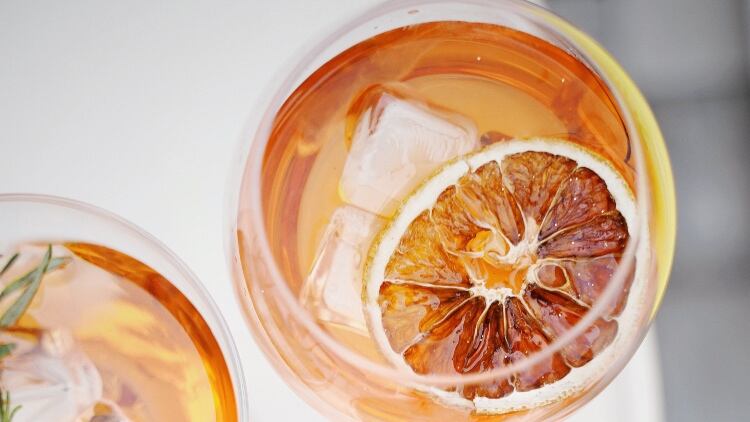
In light of this, Star Pubs & Bars’ soft drinks category buyer Paul Hunter explains that the soft drinks category offers solid opportunities for post lockdown pubs to recoup lost revenue.
“The expectation is that many consumers will pick up where they left off,” he explains. “The pub has always been a great place to try new soft drink flavours and brands that perhaps they don’t have at home.
“Offering an exciting range of soft drinks to customers looking to fall in love with their local again without feeling obliged to drink alcohol is going to be really important, as well as providing a key component of the dining offer, particularly for returning families.
“The short-term shift we’ve seen to more home working may result in more people choosing to both work from and meet in local pubs as an alternative to spending all their time cooped up at home. Soft drinks and hot drinks would stand to be the greatest beneficiaries of this change in working patterns.”
Club Soda’s Laura Willoughby adds that the simple fact is consumers will still be looking for choice even in the wake of a pandemic, thereby opening the door to experimentation when it comes to low and no offers.
“When you are not drinking alcohol you do get a bit more fussy, and you want to see a range of options, catered to adult tastes - it is not enough to serve the options you have for kids to adult customers,” she says. “The last thing you want is for people to opt for a glass of tap water.
“Make sure you have an alcohol-free spirit for a simple serve with tonic or soda, a lower sugar soda, and beers in different styles. Now may be the time to start experimenting with alcohol-free wine and spritzer, allowing people to recreate cherished moments but with an option that feels healthier and allows them to keep control.”
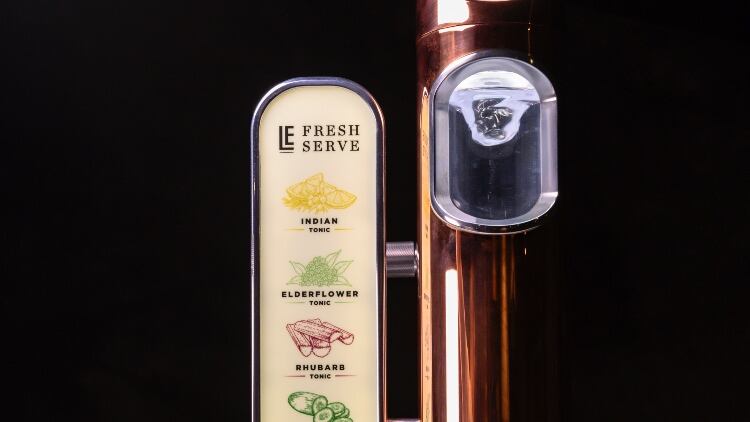
How should operators structure their soft drinks selection?
So, how can pub operators master the art of soft selling?
According to Star Pubs & Bars’ Hunter, the rules for soft drink selection in pubs will remain the same. “Start with the customer and work your way back,” he says.
“Who is using your pub? Why are they visiting? What are they looking for and what’s important to them? The customers’ needs and priorities may have changed somewhat since lockdown began, so taking these factors into account and then re-structuring your selection accordingly will make for a winning offer every time.”
Britvic’s Russell breaks down the structure of a post-pandemic pub’s soft drinks offer into five distinct categories.
Firstly, he establishes that venues need a range of eye-catching “core essentials” comprising the products with high awareness and rate of sale. “These are your bar call products with brands that are easily recognisable,” he says. “This range is likely to include colas, lemonades, fruit carbs, cordials, water and juice drinks. Don’t forget low and no sugar options which are in strong growth with guest seeking healthier options.”
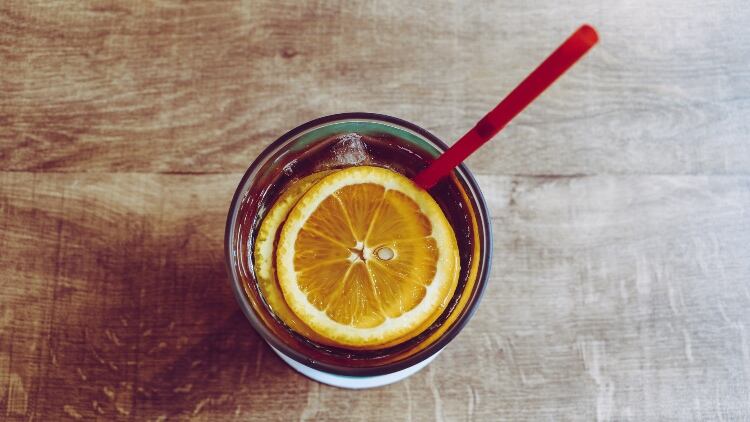
He adds that this range should be supplemented by operators tapping into the growing demand for healthier options. “While sugar is the number one concern, half of all consumers want to purchase drinks with naturally occurring sugars and drinks with added benefits. These ranges should include juice drinks, natural energy, pure juices and water variants.
“As the trends towards healthier options continue it’s important to hold a ‘Feel Good’ range to support alongside the core essentials.”
Then, Russell explains that operators need to consider introducing premium and crafted products in keeping with prevailing pre-pandemic consumer demand. “Premium soft drinks are growing well ahead of mainstream - +9% volume and +2% YoY sales - and with 62% of pub consumers stating they would pay more for a better-quality drink,” he continues.
“With one-in-five people claiming to be teetotal and six-in-ten wanting to see a better range of soft drinks that are targeted at adults, this category represents a big opportunity to address these trends. This would include more premium variants of core categories such as cordials and lemonade.”
Furthermore, Russell adds that as teens and kids an important part of the family occasion, options to quench their thirst are crucial. “Family occasions with kids are really important – driving higher spend per head versus when there are no kids on the visit and sugar is parents’ top consideration when buying soft drinks for kids - providing an opportunity to present a tasty and healthy solution.”
Finally, Russell explains that a broad range of mixers are a vital component in any post-lockdown pub’s non-alcoholic drinks offer.
“Mixers is one of the fastest growing categories - +14% YoY - and while premium tonics have driven a lot of this growth, mainstream mixers still command a significant share of this,” he says. “With guests seeking something interesting both with and without alcohol it is important to stock a broad range to accommodate these needs.”

